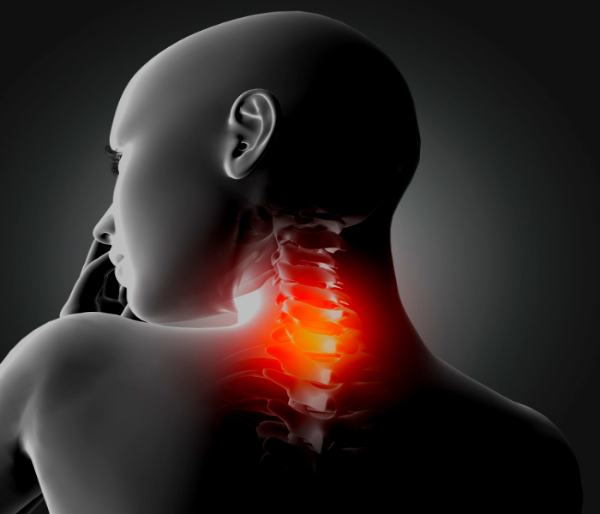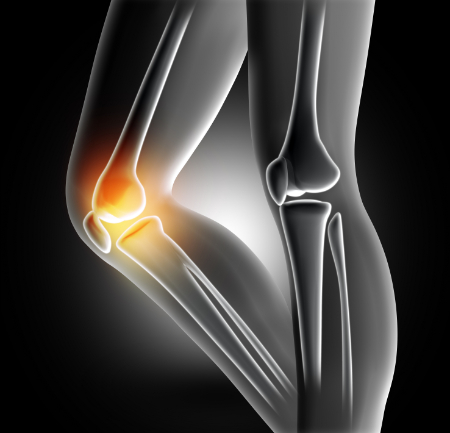
Do you struggle with chronic pain? Do you find it frustrating that your condition is not obvious to people looking at you? They do not realize that you wake up in pain and it is a challenge most days to get out of bed. I know there have been many mornings where I wake up with significant low back and hip pain. I just want to pull the covers over my head and stay in bed. Then I remember the mortgage needs to get paid. I have to get through another day. Do you have a similar experience? I know that there are a lot of people dealing with much more significant pain daily than I have. If you are one of them, you are not alone!
According to the Center for disease control (CDC), 50 million people in the US have chronic pain. Severe chronic pain limits about 19 Million people’s ability to function in their daily life and ability to work.
What is chronic pain?
Chronic pain is pain that lasts longer than 4 months. It often interferes with the person’s ability to perform daily tasks or work. The pain is daily or frequently recurring. The pain may be primary such as with Fibromyalgia. The pain may be due to another disease process such as diabetic neuropathy from diabetes.
There are millions of people out there that are affected by chronic pain. Let us look deeper at the most common causes and treatments to manage the pain.
What causes chronic pain?
The most common causes of chronic pain in adults are headaches, low back pain, arthritis, neuropathy, fibromyalgia, and post-shingles pain. Other common causes are pain following a trauma or a surgery that does not go away long after the event. Unless you have a condition that is causing your chronic pain that can be fixed. Such as pain related to degenerative joint disease. Then the person has the joint replaced and the pain goes away after recovery.
For most people with chronic pain, there is no cure currently. Management to decrease the pain is the best option. Improving your quality of life is the goal. Seeing a pain specialist would be a great first step. You can search for one in your area at https://www.patientmind.org/pain-management1.html.
What can help to lessen your pain?
What are treatment options for chronic pain?
People with chronic pain often see the most improvement if they use a combination or multiple therapy approach. Helping your mind is often as important as helping your body. Behavioral-cognitive therapy in combination with other treatments that focus on the physical aspects of the pain is often the most helpful. If you are wanting to locate a behavioral-cognitive therapist in your area give this search engine a try, https://www.findcbt.org/FAT/. If you want to explore behavioral-cognitive therapy on your own, many people find this book helpful. Chronic pain is both a physical and mental experience. So it makes sense that the treatment plan should address both.
Narcotic Pain Medication for chronic pain
Narcotic pain medication such as Vicodin or Oxycodone is often used to treat chronic pain. It may be appropriate for some people. Such as people who are in the late stages of an incurable disease or illness, the concern of addiction is not an issue for them. For a short time after a surgical procedure or a trauma, narcotic pain medication may be the best option. The short term is key. The risks vs benefits should be discussed with your doctor. What non-narcotic medications are used in the management of chronic pain?
Anti-seizure medications to treat chronic pain
Anti-seizure medications such as gabapentin or Lyrica are medications often used to treat neuropathy, post-shingles nerve pain, and fibromyalgia. Tegretol is used to treat trigeminal neuralgia, neuropathy, and post-shingles nerve pain. Depakote is used to treat migraine pain and it may help with other types of nerve pain. Another antiseizure medication called Tiagabine is used to treat phantom limb pain.
Antidepressants to treat chronic pain
Antidepressants are also used to treat certain types of pain. Tricyclic antidepressants are used to treat headache pain, neuropathic pain, and fibromyalgia. They work by raising the levels of serotonin, dopamine, and norepinephrine in your brain which has a calming effect.
Selective Serotonin Reuptake Inhibitors (SSRIs) decrease your perception of pain by increasing serotonin in your brain. Also improves fatigue in most people. Used for different types of chronic pain other than nerve pain.
Serotonin and norepinephrine reuptake inhibitors(SNRIs) affect serotonin and norepinephrine. One of these antidepressants Cymbalta is used to treat musculoskeletal pain such as low back pain and osteoarthritis. It is also used to treat fibromyalgia and diabetic neuropathy.
Muscle relaxants to treat chronic pain
Muscle relaxants are sometimes used to treat back, neck, and muscle spasm pain. It is recommended that taking muscle relaxants be limited to 2 to 3 weeks. Muscle relaxants are not recommended in people 65 yrs old or older. They are at an increased risk for falls when taking them.
Over-the-counter pain medications
Over-the-counter pain medication is often used as a first option or in combination with one of the other medications we discussed. Tylenol is one of the most frequently used OTC analgesic pain medications. If used for a long duration or at high doses it can have negative effects on your liver.
Then there are the NSAIDs pain medications such as ibuprofen and naproxen. Long-term or high-dose use of NSAIDs can cause ulcers, heart attacks, and kidney damage. There are other possible side effects. People on blood-thinning medication should not use NSAIDs as they can increase the risk of bleeding.

Corticosteroids to treat chronic pain
Corticosteroids are also used to treat chronic pain usually as a short-term treatment to decrease inflammation. Some are injected into the joint or area that is causing the pain. Corticosteroids are usually used short term as they have many side effects if used long term.
Devices To Help Manage Chronic Pain
Various devices are used to help treat chronic pain. Such as Transcutaneous electrical nerve stimulation (TENS). It is low-dose electrical stimulation, evidence supports that it is effective at relieving muscle pain. The Quell is a wearable intensive nerve stimulator. Good for leg or knee pain. It stimulates your body to release naturally occurring opioids that relieve pain.
Leg or foot pain may be lessened by trying this heat and message combination by Quinear. Many back pain sufferers find inversion tables help to improve their chronic back pain. A good back brace if your pain is in your lower back. A brace may provide support that decreases pain. If you are interested in more options to decrease your pain level keep reading.
Pain relief topicals to treat chronic pain
Pain relief topicals are also used in combination therapy for pain management. Here is a list of the most popular pain relief creams and patches you might give them a try and see if they work for your pain.
1 .Penetrex
2. Biofreeze
3. Volteron
4. Salonpas patch
5. Biofreeze patch
Heat and cold therapy for pain management
Heat and cold are used often to help reduce pain. I have cared for migraine sufferers that found ice packs helped to reduce their pain. So when I came across this hat ice for migraines. I thought it was a clever invention. If you want to try cold therapy for your back pain here is a nice large ice pack to cover the area. Caution needs to be used with heat if you have neuropathy or a decrease in feeling. As not to burn yourself. Revix makes microwaveable heated mittens that can help with arthritis pain in your hands or wrists. This heating pad covers a large area so it is ideal for back pain. It has an automatic shut-off if you fall asleep, no worries.

What are alternative treatments for chronic pain?
Some people find acupressure, acupuncture, and massage to help lessen their pain. Back pain sufferers sometimes find chiropractic care helps their pain. Physical therapy can help decrease pain. As a nurse, it has been my experience that at first, most people’s pain increases after a therapy session. Within several sessions, it usually starts to decrease the pain as people’s strength and range of motion increase. Chronic pain takes an emotional and mental toll on the sufferer. What can you do to help manage this aspect of chronic pain? Read on to find out.
Support for people living with chronic pain
Living with chronic pain often takes a significant toll on a person’s emotional and mental well-being. Loved ones and friends may want to support the person in their life who is struggling with chronic pain. However, they may be at a loss for how to do that.
It can make a significant difference to have someone to talk with who also is living with chronic pain and understands. Joining a support group to talk with other people that have similar struggles. It may help with some of the emotional and mental strain.
I hope these support groups help connect you with someone who understands and is supportive. You can find them at https://www.mychronicpainteam.com/ or https://www.fibroandpain.org/chronic-pain/chronic-pain-support-community. If one of these groups does not fit your needs, you could consider starting a support group.
Living with chronic pain is a daily struggle. It usually takes a combination of different treatments to manage it. I hope if you or someone you care about is struggling with chronic pain that you will not give up. Give different combinations of treatments a try. Talk with a pain specialist. Try some of the treatments we discussed. Find a cognitive-behavioral therapist and a support group to address the complexity of treating the mental struggle of your chronic pain. Decreased pain and improved quality of life are possible. Be open to trying different combinations of treatments and pursue them. DECREASED PAIN AND IMPROVED QUALITY OF LIFE CAN BE POSSIBLE FOR YOU TOO!
